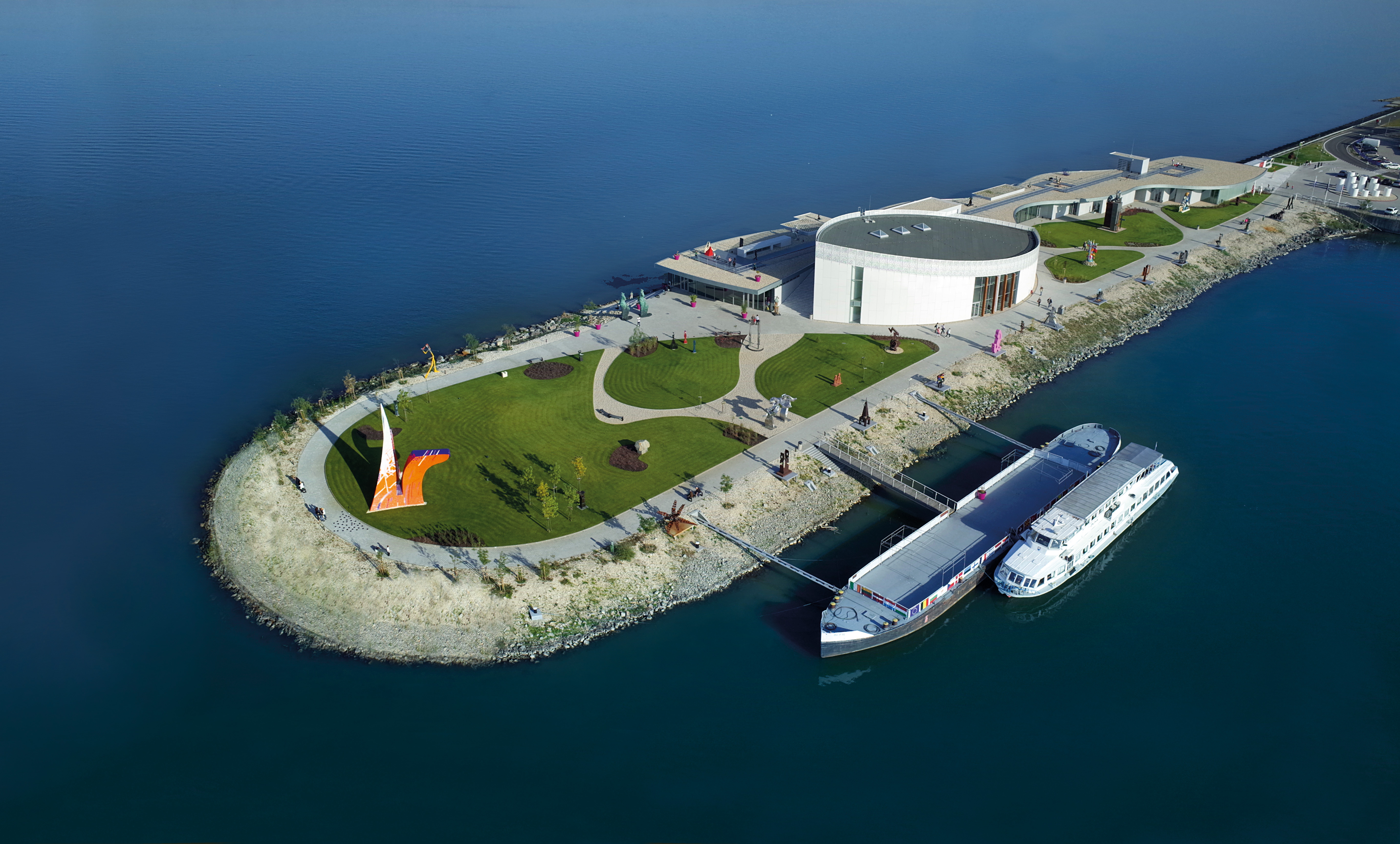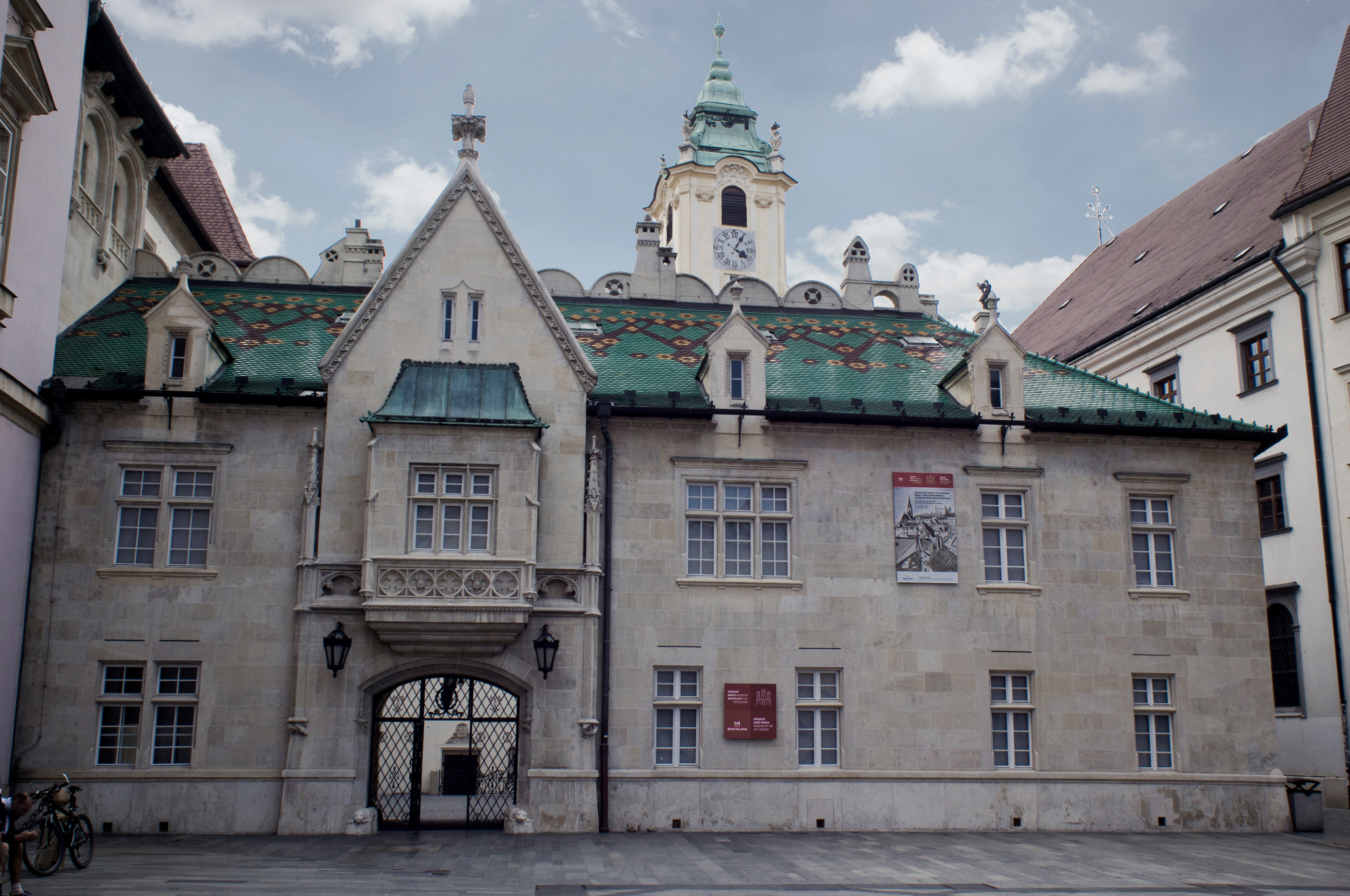The 72-hour city with the Bratislava Card
Your plan
 Who is visiting?
Who is visiting?
 Trip preferences
Trip preferences
Plan places
Destination
Devín Castle
For the local people, the western part of Bratislava is one of the most popular venues for a trip. Just 10 km west of the city centre, Devín Castle is set in beautiful natural scenery. ...
📢 Important notice for visitors of Devín Castle
From September to December 2025, construction works are taking place around Devín Castle to build a new dynamic barrier that will improve visitor safety and protect the road below the castle rock.
🚧 Restrictions
10 September – December 2025: Pedestrian and bicycle traffic will not be possible on Slovanské nábrežie below Devín Castle, in the section between the castle parking lot and the Gate of Freedom memorial.
🚶 Pedestrians will be redirected to a detour route with a gravel surface.
🚴 Cyclists will not be able to use this route. In the coming days, the official cycling detour along the Morava River will be cleared, leading out near the cemetery on Kremeľská Street.
ℹ️ Visitor guidelines
⚠️ Respect warning signs and safety instructions.🚶 Use the marked detour route. 🌐 Follow current updates on the websites of the Bratislava City Museum and Devín district.

Why Visit Devín Castle?
Devín Castle is one of the most important historical landmarks in Slovakia. Built on top of a high rock cliff, it overlooks the picturesque village of Devín and the confluence of the Danube and Morava rivers, forming the border with Austria.
This unique place combines centuries of history, stunning nature, and vibrant cultural events.
A Place with a Rich Past
-
Prehistoric settlement – people lived here as early as the Stone Age.
-
Celts and Romans – Devín was part of the Roman frontier system called Limes Romanus.
-
Great Moravia – in the 9th century, Prince Rastislav built a stronghold with a Christian church here.
-
Hungarian Kingdom – in medieval times, Devín became a royal border castle.
-
Napoleonic destruction – in 1809, Napoleon’s troops blew up the castle.
-
National Heritage – Devín Castle has been protected as a National Historic Landmark since 1961.
What Can You Experience at Devín Castle?
Permanent Exhibition
In the Upper Castle, you can visit the exhibition “Devín Castle between the 13th and 20th centuries.”
It presents the different phases of castle construction and life, using archaeological finds and historical narratives. The exhibition is located directly in the cliffside rooms and offers one of the best panoramic views in Bratislava.
More Than History: Enjoy Unique Cultural Events
Devín Castle is not just a sightseeing destination—it’s also a lively cultural venue.
Throughout the spring and summer, you can experience:
-
DJ sets in the castle courtyard
-
Yoga sessions with a view of the Danube
-
Picnics with live music
-
Open-air concerts and performances
Check the current programme and book your tickets here:
👉 Devín Castle Programme & Tickets

Explore the Surroundings
Hiking and Cycling
Devín is a paradise for hikers and cyclists. The Morava Cycle Route leads along the former Iron Curtain border. This path runs through untouched landscapes full of rare floodplain forests and meadows where you might spot beavers or herons.
You can also explore Devínska Kobyla Hill (514 m), the highest point in Bratislava, or visit Sandberg, a paleontological site with fossils from an ancient sea.
The Great Moravian Mission Route
Devín is part of the Cultural Route of Saints Cyril and Methodius.
Using a mobile app, story map or infopanels, you can discover places linked to the spread of Christianity and Slavic script in Central Europe. The foundations of a 9th-century church are still visible on the castle grounds.
How to Get to Devín Castle
-
By bus: No. 29 from the city centre (Most SNP) directly to Devín.
-
By boat: Regular boat cruises operate on the Danube – www.lod.sk
-
By car: Parking is available under the castle.
-
By bike: The cycle paths lead directly to the castle entrance.
Useful Information
-
Address: Devínska cesta 1, Bratislava – Devín
-
Opening hours: vary by season – see details here
-
Tickets: Buy tickets online
-
Bratislava CARD: free one-time entry included
Local Tip: Taste the Famous Devín Currant Wine
Devín is renowned for its traditional blackcurrant wine (Devínsky ríbezlák). This unique local product has roots in the early 20th century but the tradition of winemaking in the area goes back to Celtic and Slavic times. Don’t miss the chance to try it in local restaurants or wine shops.













